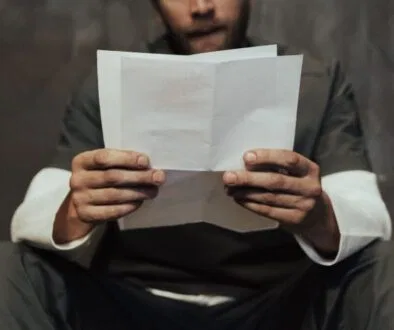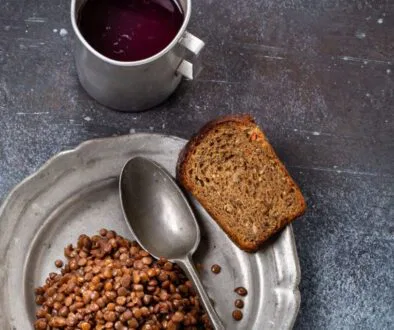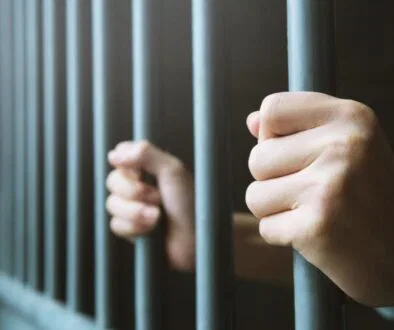What Is PC In Prison? Let’s Find Out!
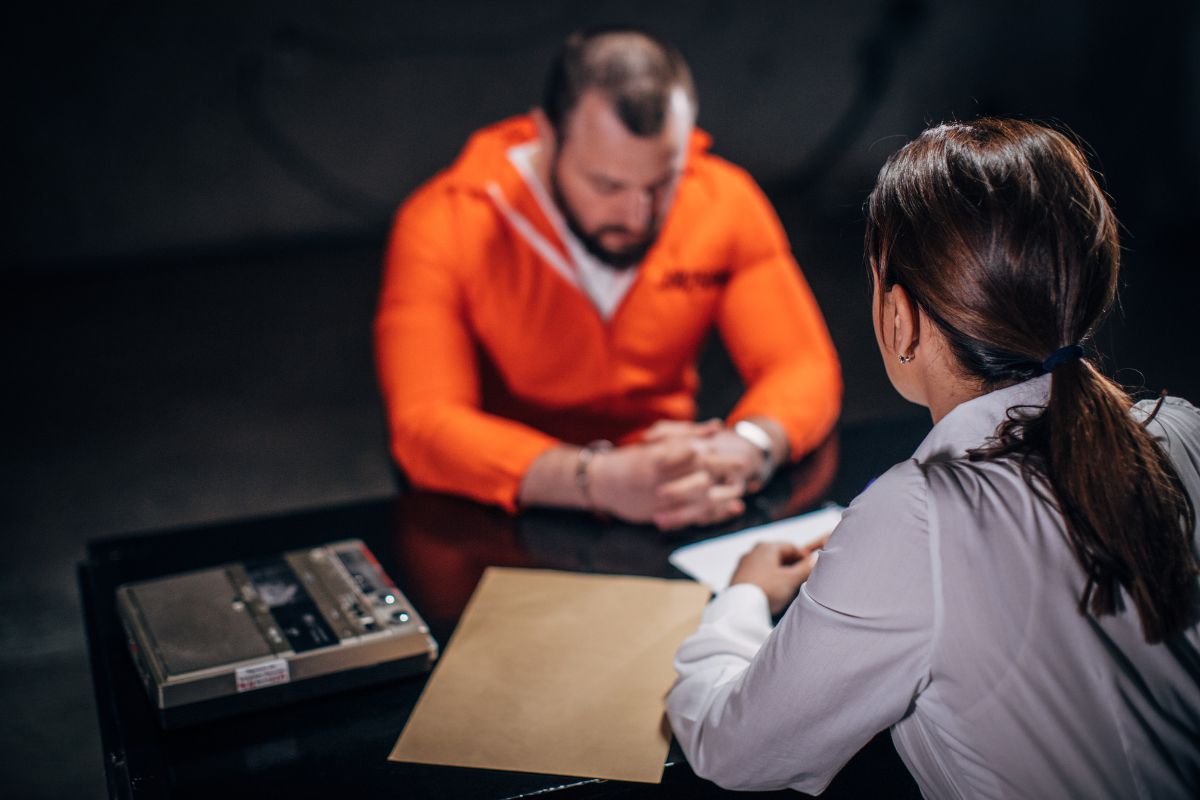
Published March 8, 2024
Have you ever pondered the fates of vulnerable inmates? What about high-profile prisoners behind bars? The harsh truth reveals itself within Protective Custody (PC), an essential yet arduous component of the correctional system designed to uphold prison order and security.
In this article, we’ll look into the intricacies of protective custody in correctional facilities. It shows the unseen challenges faced by people seeking sanctuary from harm.
What Is PC In Prison?
Many often wonder—”What is a PC section in prison?” Prisons use protective custody (PC) as a precaution. It’s implemented by prison authorities to protect inmates from potential threats. These threats include harm from other prisoners. The process involves moving the inmate to a separate unit or cell. This isolates them from the general population and restricts their interactions with others.
Authorities within the Department of Corrections may proactively place high-risk prisoners in protective custody. This measure is for inmates who face repeat targeting or are at risk due to offenses, past jobs, or personal traits.
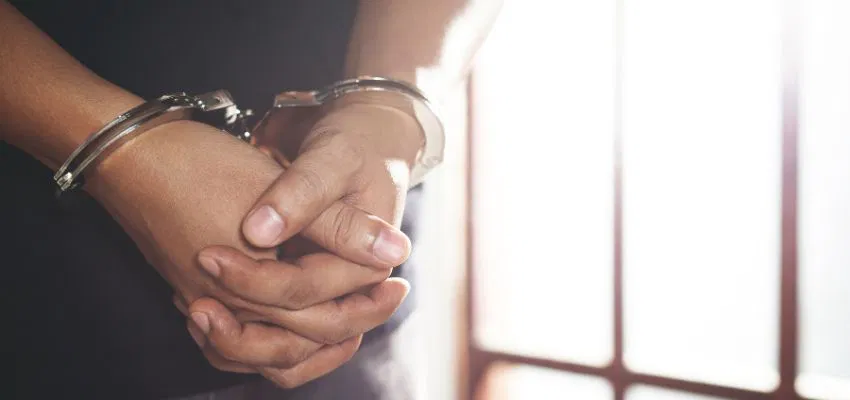
While protective custody enhances safety, it presents its own set of challenges. Its design often mirrors that of solitary confinement, resulting in limited social engagement and potential consequences on mental well-being. Despite these drawbacks, some inmates may opt for a PC to shield themselves from fellow inmates.
Nevertheless, it’s imperative to recognize that a PC doesn’t guarantee complete protection against all threats. For instance, when concerns arise regarding staff conduct, PC may not offer significant assistance. In essence, protective custody stands as a pivotal instrument in prison administration. It aims to shield vulnerable inmates from harm within the correctional facility.
Reasons For Seeking Prison Protective Custody
There are various reasons why an inmate might request protective custody in prison. Here are some common scenarios:
- Nature of offense. Inmates who commit certain crimes, like those involving children or sexual offenses, may face threats from fellow inmates. Seeking proactive custody is often a measure of their safety.
- Former law enforcement or judicial personnel. Individuals with past roles in law enforcement or the judiciary may be targets of hostility from other prisoners. This group also includes ex-prison guards or officials.
- High-profile prisoners. Celebrities or notable criminals may opt for protective custody. The primary purpose is to avoid unwanted attention or potential harm from peers.
- Gang connections. Inmates are in a gang but want to distance themselves. They might need protective custody to avoid revenge from former associates.
- Witness protection. Inmates cooperate with authorities, like informants or witnesses. They may need protective custody to stay safe.
- LGBTQ+ inmates. LGBTQ+ people may choose protective custody. They do so due to the risks of violence, harassment, or discrimination in the general prison.
- Health concerns. Inmates with health issues or disabilities may seek protective custody. They think their condition puts them at risk of exploitation or harm.
The decision to put a prisoner in protective custody is usually at the discretion of the prison officials. It involves an assessment of potential risks to the inmate’s safety.
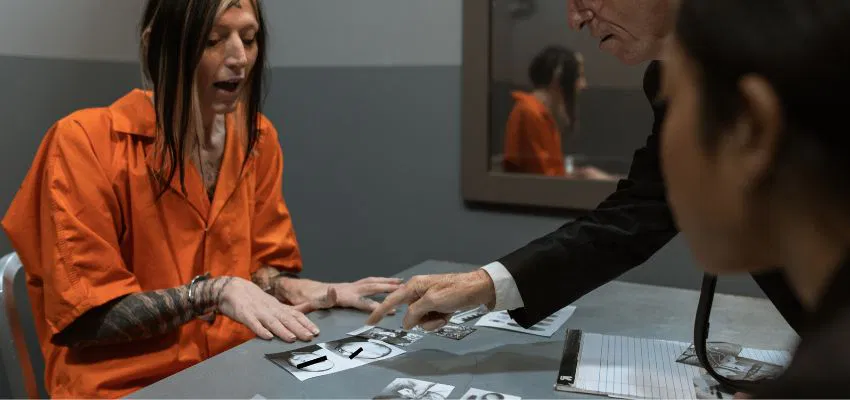
How To Request Protective Custody Placement
When a prisoner requests protective custody in prison, it follows a process.
- Express concerns. The inmate initiates the process by communicating a written request, a formal complaint, or speaking to a trusted staff member.
- Evaluation. Prison officials assess the situation. They consider factors like the inmate’s crime and behavior in prison. They also go over incidents, threats, and the overall prison environment.
- Documentation. The inmate may need to provide evidence supporting their request. This could include incident reports or witness statements. It could have any relevant information showing their safety is at risk.
- Decision. After evaluation, prison authorities decide if to put the inmate in protective custody. They do this if safety concerns are validated.
- Placement. Inmates approved for protective custody are relocated to a separate unit or cell for their safety. Their activities and interactions are closely monitored to ensure their well-being.
The process has variations depending on jurisdiction and prison policies. Protective custody keeps people safe. But, it may also cause isolation and limit access to programs for the general population.
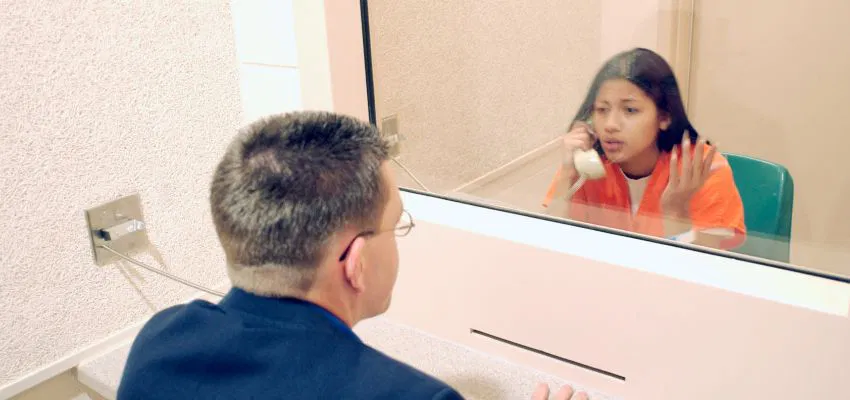
PC Prison Environment And Conditions
Conditions for protective custody vary between prisons. They’re generally more restrictive than general population settings. If you’re wondering what is a PC unit in prison and environment is like, here are the typical aspects:
- Isolation. Inmates in protective custody are often housed separately for safety. Sadly, this can lead to loneliness.
- Limited interaction. Interactions with others are restricted to prevent harm.
- Restricted activities. Access to work, education, and fun is limited. Outside cell time is closely monitored.
- Increased security. Security measures are heightened, including more checks and surveillance.
- Access to services. Despite restrictions, inmates under protective custody have essential services. These include medical and legal support. In some cases, it may also include jail calling services.
- Visitation rights. Inmates may have visitation rights, subject to prison policies.
While protective custody increases safety, it poses mental health challenges due to isolation and restrictions, requiring inmates to adapt.

Frequently Asked Questions About Protective Custody
1. Is protective custody the same as solitary confinement?
Although both entail isolation from the main prison population, they serve different purposes. Solitary confinement is punitive, whereas protective custody is a precautionary measure for safety.
2. Can an inmate refuse protective custody?
An inmate can decline protective custody. But, they’ll be told about the risks of their choice.
3. What is the maximum duration an inmate can remain in protective custody?
The time a prisoner may spend in protective custody varies. It can be from a few days to their whole sentence. It depends on threat levels and prison rules. Federal prisons don’t have a set maximum period for placement in such facilities.
4. How can you determine if an individual is under protective custody?
Details about a person’s placement in protective custody are typically kept confidential.
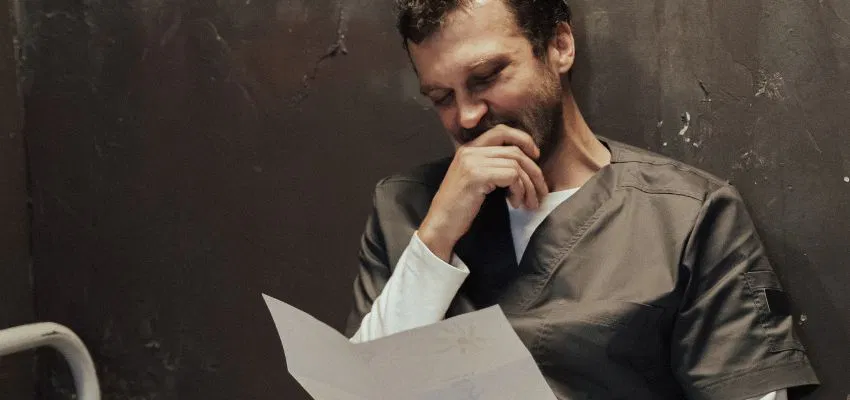
Navigating The Depths Of Protective Custody
For those wondering, “What is PC in prison?” You now know what it’s all about. Protective custody is vital. It acts as a shield, protecting vulnerable and high-profile prisoners. It offers a refuge from potential dangers. As we take a closer look into the intricacies of protective custody, let’s not just observe but also advocate for a system that evolves continuously, ensuring the well-being and dignity of every inmate.
Advertisement
Save 90% Per Minute On Jail Calls With Us
US prisons charge lots of money per minute for long distance inmate calls. The loved ones of inmates are left to pay this bill. For a ten minute phone call you may find yourself paying over one hundred dollars. With SecurTel, you can reduce this charge to a fraction of the cost and only pay the local calling rate. Make calls from across the US or internationally for the local rate and help your family stay connected during a difficult time. Learn more about how to sign up for inmate calls here.

This Content Is Fact Checked
We have conducted thorough fact-checking on this content in-house. Get detailed insights into our website’s editorial standards by clicking here.

About The Author
Hello! I’m Corinne, a nursing graduate from Riverside College with a flair for writing. Thanks to the thorough research into each piece, my work stands out for its quality and accuracy. I believe in the power of storytelling to connect with people from all walks of life.

